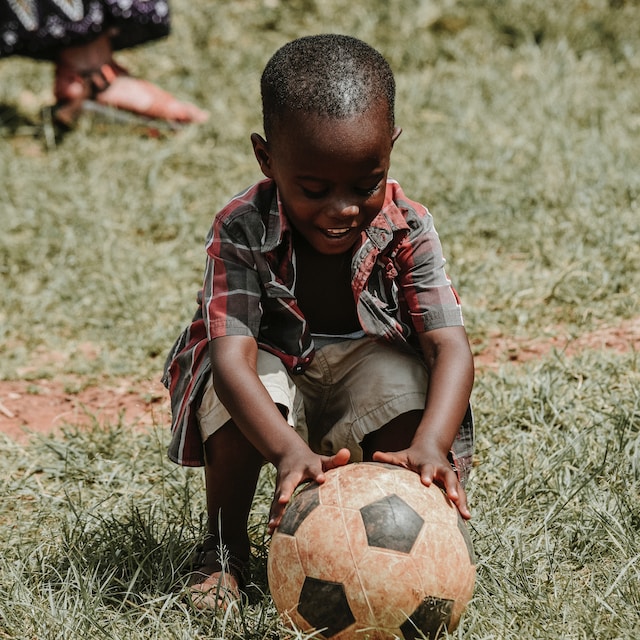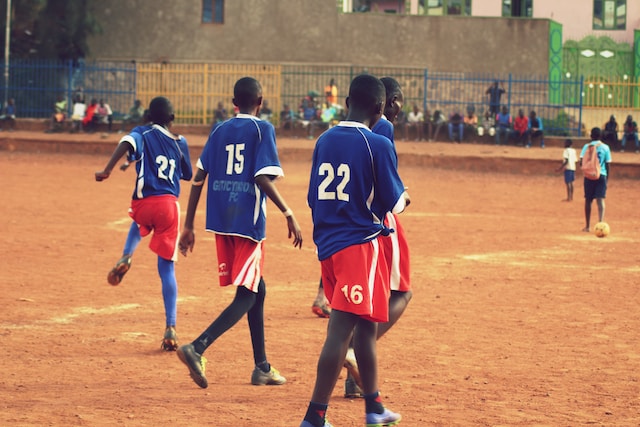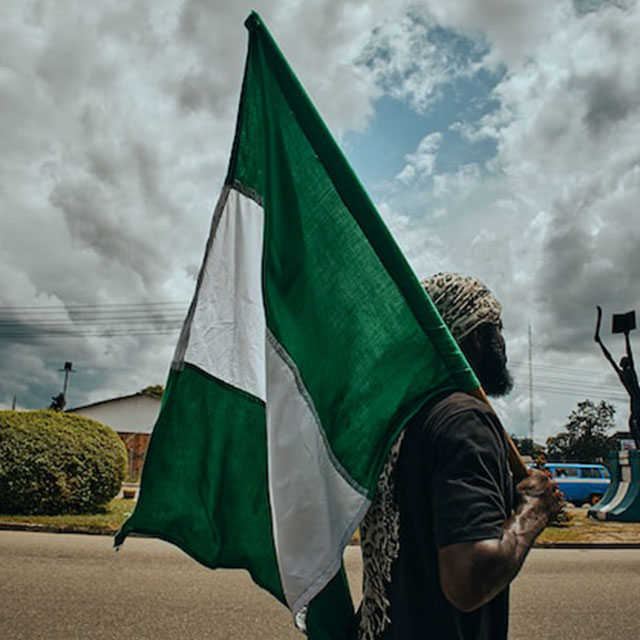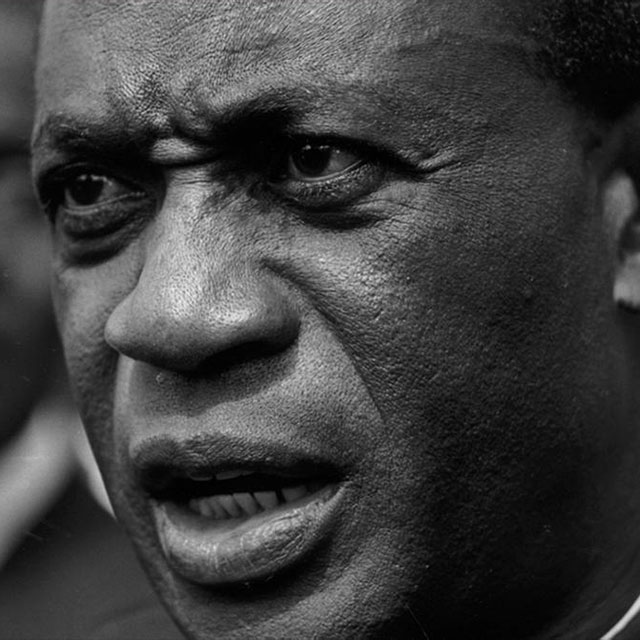Fake Medicines: A Dangerous Threat in Africa and 3 Ways to Spot Them

With over ten years of experience co-developing multi-sector innovation strategies…
Introduction
The growing issue of fake medicines in Africa poses a significant threat to public health and safety. Counterfeit drugs not only fail to provide the intended therapeutic benefits but can also cause harmful side effects and contribute to the development of drug-resistant strains of diseases. The World Health Organization (WHO) estimates that up to 30% of pharmaceutical products in developing countries may be counterfeit, with Africa being one of the hardest-hit regions. This article will discuss the dangers of fake medicines in Africa and provide three ways to spot and avoid them.
I. The Dangers of Fake Medicines in Africa
- Ineffective Treatment and Worsening Health Conditions
Fake medicines often contain incorrect or insufficient active ingredients, rendering them ineffective in treating illnesses. This can lead to the worsening of health conditions, prolonged suffering, and even death, particularly for patients with chronic or life-threatening diseases.
- Adverse Side Effects
Counterfeit drugs may contain toxic or harmful substances that can cause severe side effects or complications. In some cases, these side effects can be life-threatening, further endangering the lives of those who consume the fake medicines.
- Development of Drug-Resistant Strains
The use of fake medicines can contribute to the development of drug-resistant strains of diseases, as substandard or counterfeit drugs may not fully eradicate the pathogens. This can lead to the emergence of “superbugs” that are resistant to existing treatments, posing a significant threat to public health on a global scale.
II. Three Ways to Spot Fake Medicines
- Check the Packaging and Labeling
One of the easiest ways to identify counterfeit drugs is by examining the packaging and labeling. Look for inconsistencies or errors in the packaging, such as misspelled words, poor print quality, or incorrect logos. Additionally, check the expiration date, batch number, and manufacturer information to ensure they are consistent with genuine products.
- Examine the Physical Characteristics of the Medicine
Counterfeit medicines may differ in appearance from their genuine counterparts. Pay close attention to the color, shape, size, and texture of the medicine, as well as any markings or imprints on the tablets or capsules. If you notice any discrepancies or inconsistencies, this may be an indication that the medicine is fake.
- Verify the Authenticity with the Manufacturer or Regulatory Authorities
If you have doubts about the authenticity of a medicine, contact the manufacturer or your country’s drug regulatory authorities to verify the product. Many manufacturers have hotlines or websites where you can report suspicious medicines and receive information on how to identify genuine products. Additionally, some countries have implemented systems that allow consumers to verify the authenticity of medicines using unique codes or serial numbers printed on the packaging.
III. Combating the Fake Medicines Threat in Africa
Addressing the issue of counterfeit drugs in Africa requires a multi-faceted approach involving governments, regulatory authorities, manufacturers, healthcare professionals, and consumers. Some key strategies include:
- Strengthening Regulatory Frameworks and Enforcement
African governments must prioritize the establishment and enforcement of robust regulatory frameworks to monitor and control the production, distribution, and sale of pharmaceutical products.
- Raising Public Awareness
Public awareness campaigns are crucial in educating consumers about the dangers of fake medicines and providing guidance on how to identify and report counterfeit drugs.
- Promoting Access to Safe and Affordable Medicines
Governments and international organizations must collaborate to ensure access to safe, effective, and affordable medicines for all, reducing the demand for counterfeit drugs.
Conclusion
Fake medicines pose a dangerous threat to public health and safety in Africa. By learning how to spot counterfeit drugs, consumers can protect themselves and their communities from the risks associated with these harmful products. It is crucial for all stakeholders to work together in addressing this issue, strengthening regulatory frameworks, raising public awareness, and promoting access to safe and affordable medicines. Ultimately, a coordinated and collaborative effort is essential to combat the menace of fake medicines and safeguard the health of millions of people across the African continent.
What's Your Reaction?
With over ten years of experience co-developing multi-sector innovation strategies and shaping policy with global institutions. My research and work focus on value and transform systems across education, design, life science, and manufacturing industries.







